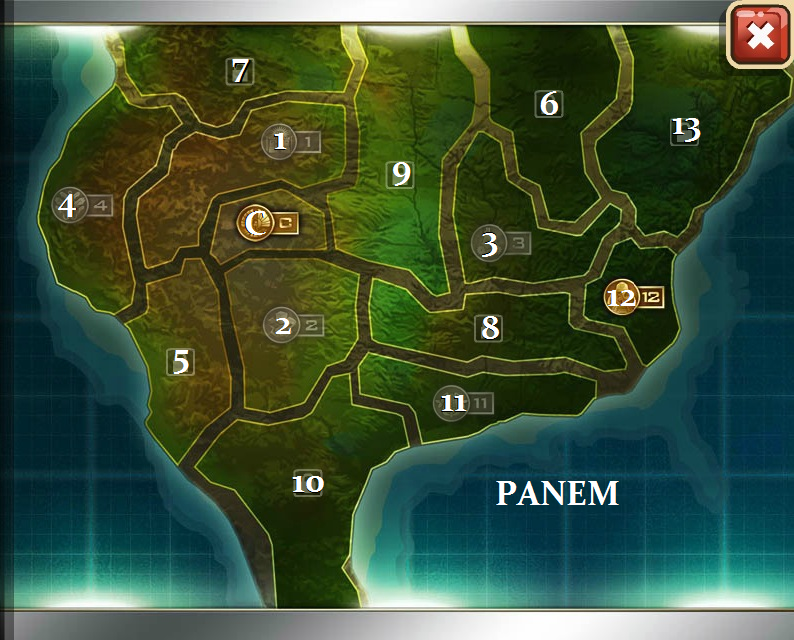Tracing the Mirror
In every dystopian fiction, the characters
will interact with a mirror. This mirror means something as both a symbol and
an object. Before diving into the agency of the mirror, let us explore its
history and establish its role in the constructing the dystopian environment.
Pre-dystopia, in the world familiar to us, the mirror serves as a means of
perfecting self appearance and to help pull more light into a room and make it
seem larger. Even before this, what effects do mirrors have? Well mirrors are
created with glass, silver and copper in a process that consumes gallons of
water and tons of energy. This means that mirrors have a profound impact on the
environment as commonly understood, requiring the mining of copper and silver
and silica. This means that the use of fuel and energy and manpower is required
to extract and transport the raw material before conversion. Then it is manufactured
into the necessary materials and pieced together into the product of which we
are familiar using lots of water to clean the glass as seen in video one.
So, what does this process mean? Well it
means that before consumers have laid witness to this object, I has had the
profound impact on humans that work as miners and manufacturers to provide them
with jobs and a living wage. These humans can provide for their families as a
result of this products existence. In the same process, this object contributes
to harming the environment through excessive water usage and general energy
consumption. In turn the damaged natural environment will begin to harm humans
through lack of access to drinkable water and shifts in weather conditions that
harm crops. The point of tracking this process is paralleled to Jane Bennett tracking
the different stages of effect through the process of the electrical power grid
to demonstrate the complexities of these relationships.
Picking it back up modern day, this
product allows humans to see themselves and to adjust their appearance into the
image they are most satisfied with. It sits still but all moves within its reflections
as it allows narcissism to escalate. Humans fall in love with themselves or
learn to hate themselves simply by what they see in the mirror. Such a simple
product can entirely alter the ego or mood of the viewer from a young age as
they track the changes of their physical appearance over the years. In
dystopian fiction, mirrors do not exist in abundance. People either wish not to
see themselves or are not provided the means to do so. Without access to the
mirrors, characters lack individuality and their identity is hindered. If they
cannot see themselves, they struggle more to love themselves as it takes a
deeper moral and spiritual process to love who they are within. Although in
different dystopian fictions, the mirrors presence would serve many purposes.
The Mirror in Texts
In Ready Player One and The Hunger Games,
the mirror serves as a tool for reflection and self-growth. Its agency first
serves a negative effect on the characters in an assemblage of more bleak objects
reflecting either loneliness or poverty. For Katniss, it serves as a tool to
remind her of District 12 when she glimpses at he grandness of the Capitol in
her fancy dresses and with the well decorated rooms. For Wade Watts, he is
reminded of his lack luster appearance and his loneliness in the darkness of
his room and the overweight boy that stared back at him. However, the mirror
permits reflection to create the identity of the characters that allow them to
combat the hegemonic power. For Katniss, she is able to bear witness to her reflection
in the Mockingjay outfit that allows her to feel empowered amidst a crowd of
rebels that remind her of her drive against the capitol and her growth since
the start of her journey. She notes the weakness in her physique as a result of
hunger in the games and the ways that the Capitol modifies her appearance. For
Wade, he learns to love himself and fix his lifestyle after the mirror connects
the symbols of loneliness in his life from the sex robot to the AI friend of
his to his food boxes scattered around his room.
The presence of the mirror creates an
assemblage to reflect the lives and internal struggles of characters, which
without their presence the characters would lack some sort of clarity or direction.
Had Wade blacked out his mirror, maybe he would have never created a
self-esteem and prepared to combat IOI in force. Without vision of herself throughout
the games, Katniss might not have been reminded of her strength and persona to combat
President Snow. Removing the mirror removes the individual in a dystopia to
create a more benevolent citizen under the control of the authoritative power.
One more reflection of this is in the Divergent series where the Abnegation faction
is not allowed to view themselves more than once a year to promote selflessness.
It prevents the creation of narcissism and acting in self-interest, which perfectly
works in favor of a hegemonic power to create a subordinate and selfless
culture. Meanwhile too many mirrors creates the feeling of surveillance!
 |
| https://img.buzzfeed.com/buzzfeed-static/static/2013-11/enhanced/webdr07/13/12/anigif_enhanced-buzz-24313-1384362037-2.gif |
Works
Cited
Bennett, Jane, 1957-. Vibrant Matter : a
Political Ecology of Things. Durham :Duke University Press, 2010.
Cline, Ernest. Ready Player One. New York:
Crown Publishers, 2011. Print.
Collins, Suzanne. Hunger Games. New
York: Scholastic, 2008.
Roth, Veronica. Divergent. New York
City: Harper Collins, 2011.


